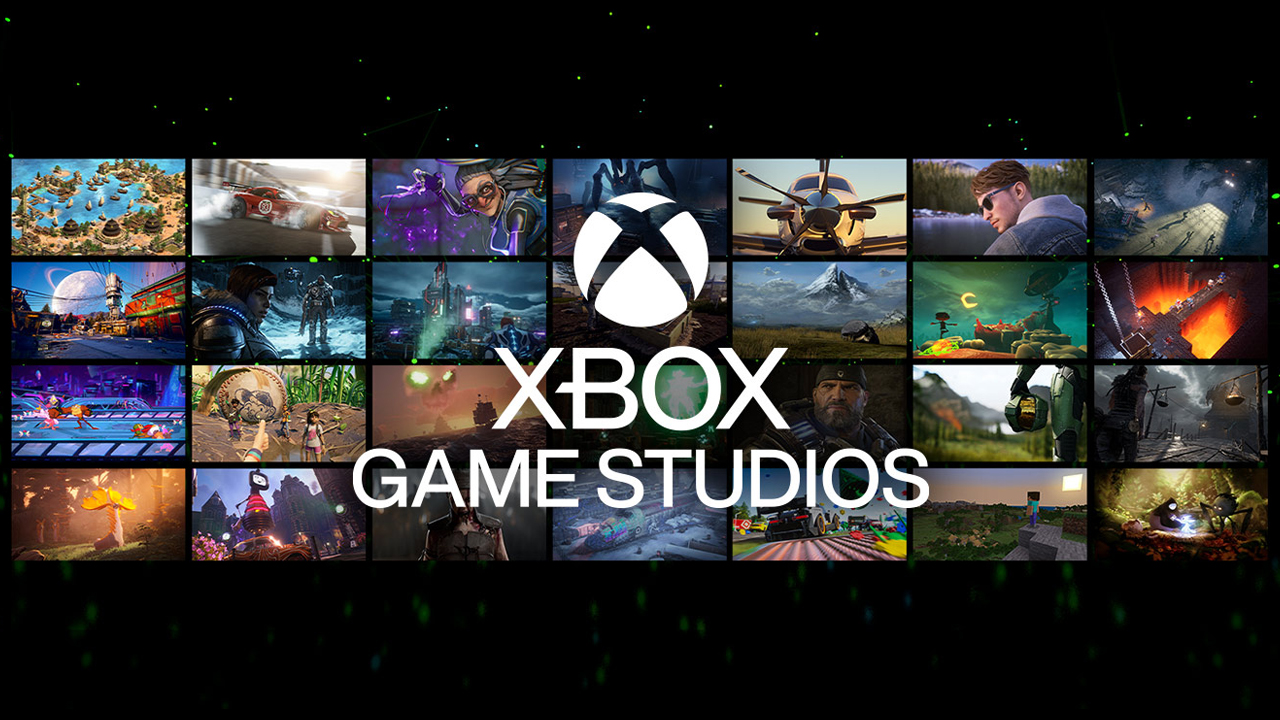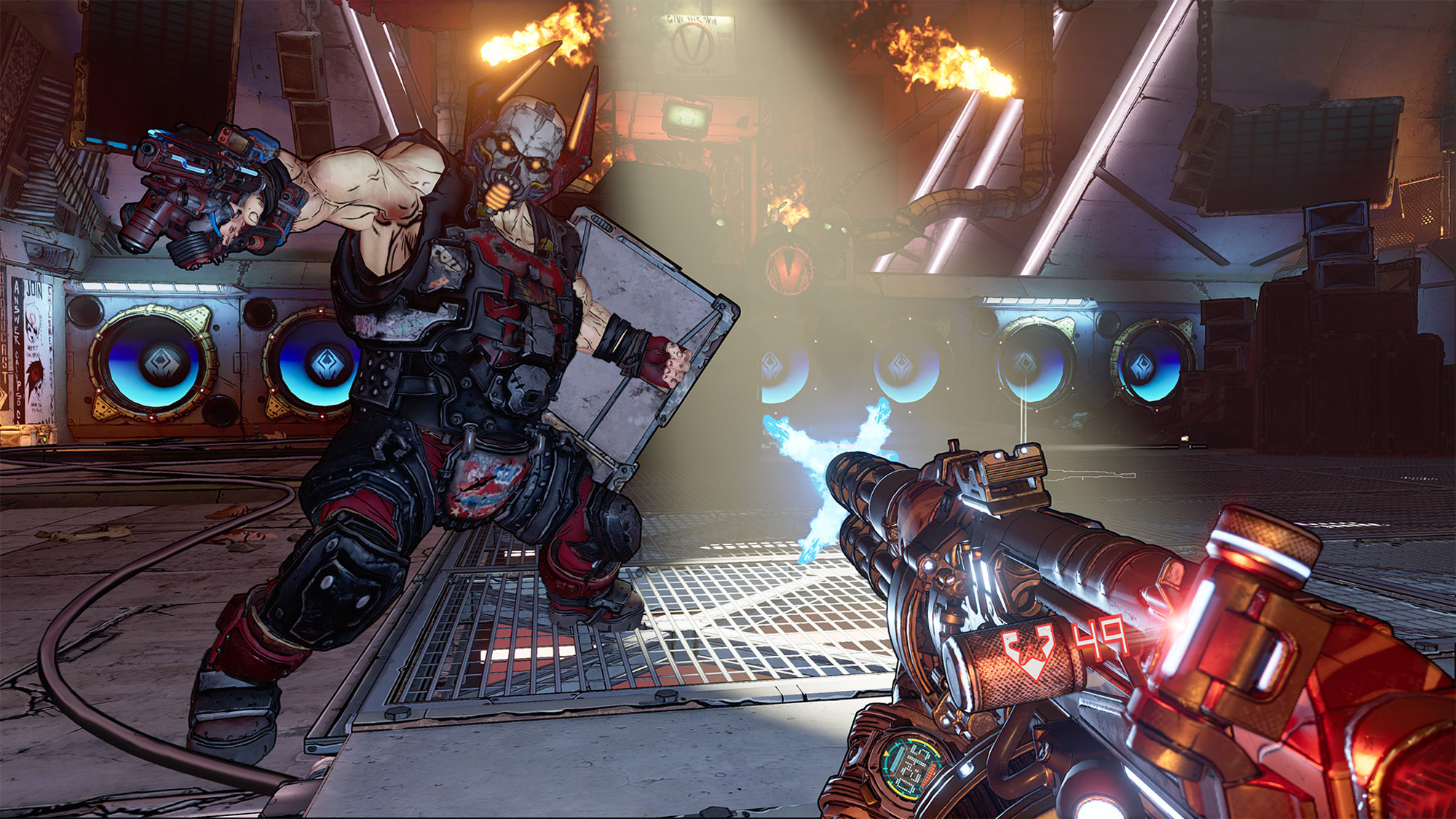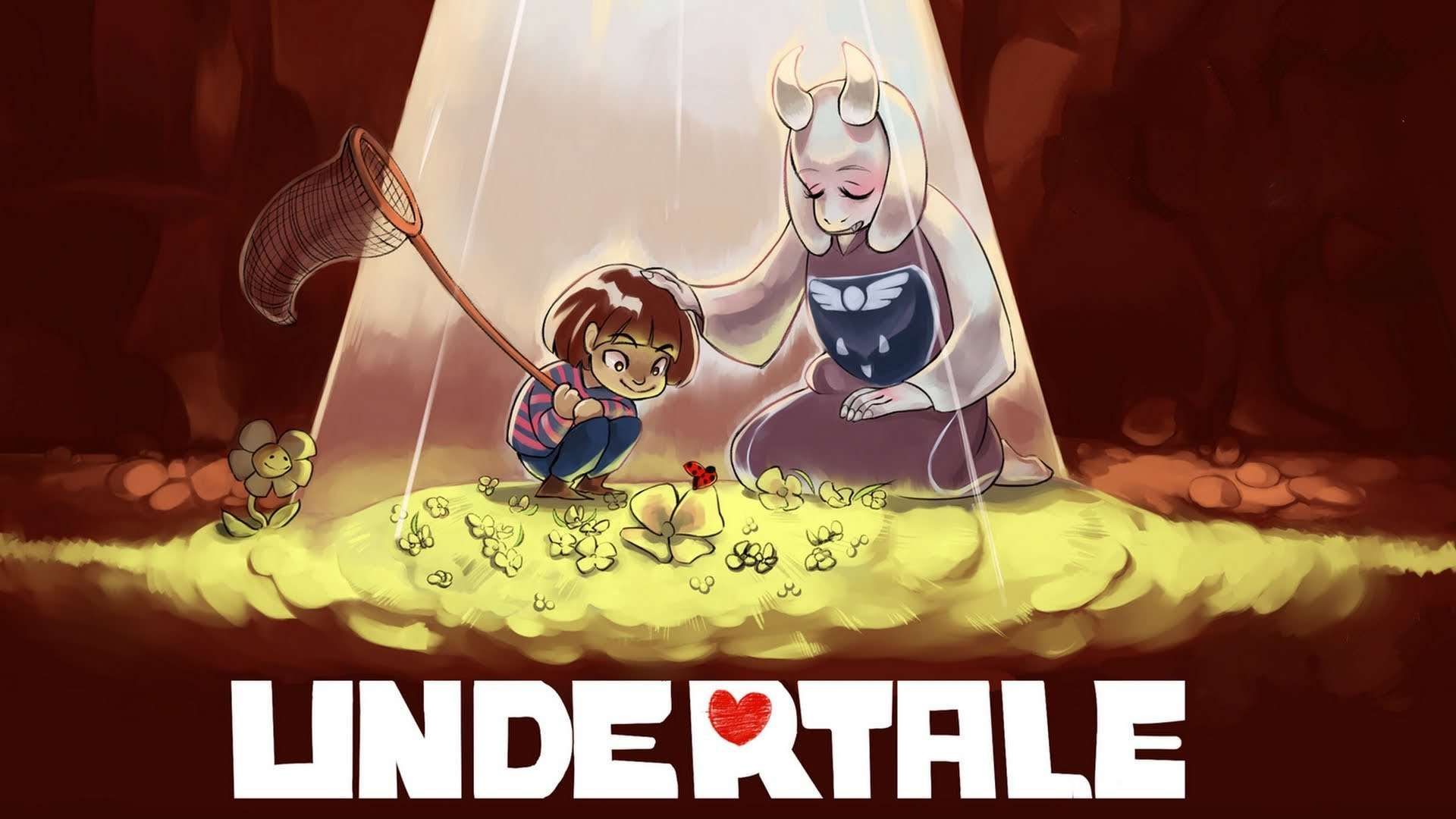Microsoft reduced its cut of PC game sales to 12%: Now Valve should do the same
Valve should change, but it doesn’t need to

Microsoft recently announced that it’s reducing its cut of profits on the Windows Store to 12%. Starting on August 1, developers publishing on the company’s platform for PC will receive 88% of every sale; they previously received only 70%. This change was designed to make the Windows 10 Microsoft Store more desirable for game developers and publishers.
However, the adjustment in profit distribution will not be reflected on Xbox consoles. Microsoft will still be taking 30% of sales made on Xbox Series X|S and Xbox One. We don't know when the console landscape will give profits more to developers, but at the very least, it’s good to see these changes happening on PC. It’s clear Microsoft wants to establish a prominent foundation within PC gaming, especially when platforms like Steam and Epic Games Store are at the forefront.
This move has created plenty of buzz suggesting pressure is on Valve to follow suit. Steam currently takes 30% of every sale made; the Epic Games Store (and soon Microsoft) only takes 12%.
- See the best PC games and best Xbox Game Pass PC games to play now
- Check out the best Xbox Series X games and best PS5 games available now
- See our reviews of the Xbox Series X and PS5
Does this put pressure on Valve?
Steam is the most popular marketplace for gaming on PC; even with this newfound pressure, what incentive could get Valve to reduce its cut to 12%? Steam boasted 62.6 million active daily players in 2020 according to a Valve blog post. Epic Games only managed half of that in 2020 at 31.3 million active daily players. Microsoft hasn’t publicly released these numbers, but it’s safe to say its store isn’t being used often.
Steam is winning by a longshot, which is why Microsoft and Epic made such a drastic move to reduce its cut to 12%; it's a bold tactic to help them catch up. Increasing publisher profit is a good way to ensure those publishers bring games to their platform.
However, this announcement wouldn't encourage many users to make the switch. The average player has no understanding of how much money developers receive with each purchased game. And even if they did, most wouldn’t want to move to a slower platform with fewer features.
Sure, conscious consumers will feel inclined to switch platforms if they know more of their money is going to the developers. But there just aren't enough people who think this way. Unless Microsoft plans on taking a step further by implementing additional incentives to lure users in from Steam and Epic Games, Value won't be feeling any pressure.
Stay in the know with Laptop Mag
Get our in-depth reviews, helpful tips, great deals, and the biggest news stories delivered to your inbox.
Epic Games has tried plenty
Epic Games doubled down on its efforts with limited exclusivity. Borderlands 3 launched on Epic Games six months before it did on Steam, making it difficult for diehard fans to wait. This forced users onto its platform whether they liked it or not, but it caused quite an uproar within gaming communities. People weren't happy that they had to download another app.

Epic Games also brings true exclusives onto its platform. Something like World War Z cannot be played on Steam; this is an easy way to increase the number of active users on the Epic Games launcher each day. The company even gives out free games every two weeks in an attempt to get users to start frequenting its launcher. This has clearly worked, as some of these games have been quite successful; titles like Metro: Redux, Alien Isolation, Abzu, and Watch Dogs 2 are hard to say no to.
However, it hasn’t worked well enough. Steam does none of these things for one reason: it doesn’t need to with the large footprint it has already carved out by being first to the part. Epic Games is diversifying its incentives to catch up, and while it’s working, it hasn't forced Valve to try new things.
Valve doesn’t need to change
Plenty of users are now looking at Valve to lower its cut to 12% now that Microsoft has done so. Unfortunately, Valve has no reason to change. The pressure a move like this puts on the company is not enough for big moves to happen. The only way Valve will do this is if its competitors actually begin to take over the market.
Valve has to be convinced that reducing its cut to 12% would actually ensure developers and users stick with its platform. As it stands, the company is too far ahead of the competition and would need more pressure to make such a shift.
88% means the world to developers
While Valve has no reason to make the switch, it’s obvious this change is important to developers. Receiving 88% instead of 70% of every sale is significant; that’s an 18% increase. Undertale was sold at $9.99 on Steam, and by 2018, it accumulated around four million players. With an 18% increase in revenue, it would have meant an additional $7,200,000 going into the pockets of Toby Fox and his team.

Undertale was enough of a smash hit for this not to matter, but that money would have meant the world to developers who needed a few extra bucks to stay in business or greenlight their next project. Valve has no reason to make this change from a business standpoint, but it would be beneficial to developers and lessen the dire state of video game development; this could truly revolutionize the artform.
However, business halts progress; Valve won’t do anything until it feels threatened. Regardless, I’m going to purchase games through the Microsoft Store or Epic Games Store whenever possible so I know a larger chunk of my money goes to the people who actually created the work.

Self-described art critic and unabashedly pretentious, Claire finds joy in impassioned ramblings about her closeness to video games. She has a bachelor’s degree in Journalism & Media Studies from Brooklyn College and five years of experience in entertainment journalism. Claire is a stalwart defender of the importance found in subjectivity and spends most days overwhelmed with excitement for the past, present and future of gaming. When she isn't writing or playing Dark Souls, she can be found eating chicken fettuccine alfredo and watching anime.
